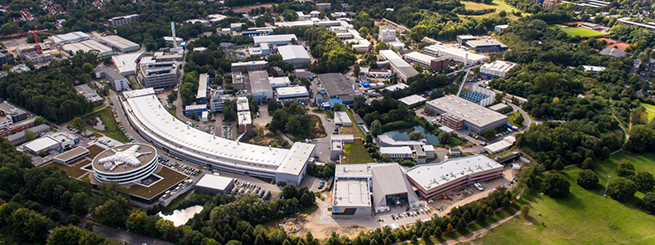URL: https://physikseminar.desy.de/zeuthen/past_colloquia/colloquia_in_2015/november_18_2015/@@siteview
Breadcrumb Navigation
FLASH – Today and Tomorrow Science with the Free-Electron Laser at DESY in Hamburg
Wilfried Wurth | DESY Photon Science and CFEL (DESY)
Seminar room 3, 15:00
FLASH is the first short wavelength free-electron laser world-wide [1] which started operation as a user facility ten years ago. It is based on a superconducting linear accelerator which enables high repetition rate operation with up to 8000 photon pulses/s and provides extremely intense, highly coherent, ultrashort XUV- and soft x-ray pulses in a wavelength regime from 40nm-4nm. Since last year we run two independent free-electron lasers at FLASH in parallel, FLASH1 and FLASH2, fed by the same accelerator.
The majority of experiments performed at FLASH are time-resolved studies which employ different pump-probe schemes using pump pulses ranging from THz to XUV. At FLASH many pioneering FEL experiments have been performed and quite a few diagnostic tools crucial for FEL experiments have been developed. The scientific applications range from fundamental FEL physics, atomic and molecular physics, chemistry, condensed matter physics, cluster and nanoscience, to warm dense matter and life science. In the talk I will discuss the facility, upgrade plans for the future and will present recent highlights illustrating the scientific potential of FLASH.



